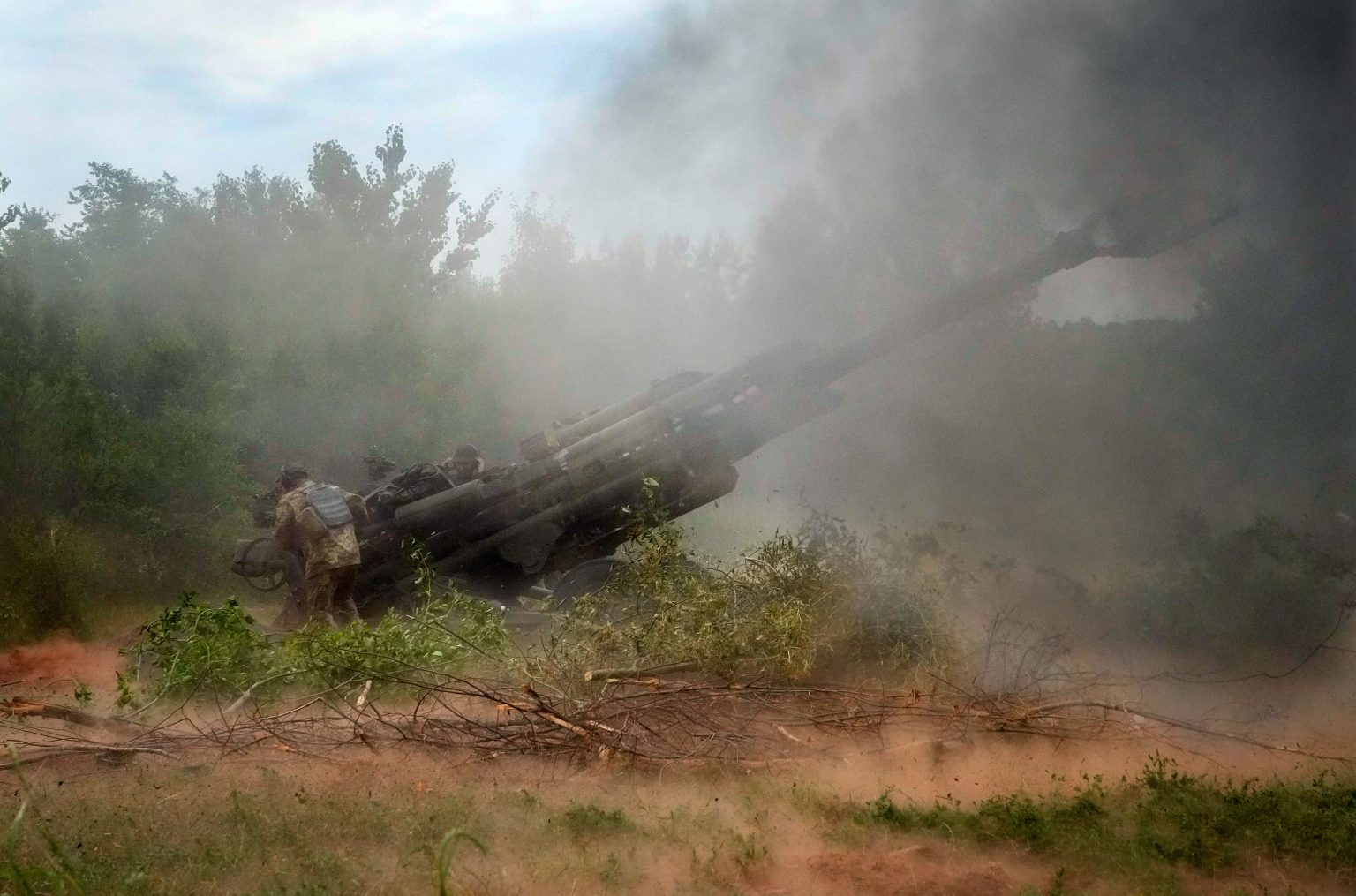But on the sidelines of the group’s April 21 meeting in a cavernous, wood-paneled ballroom here at the American-run Ramstein Air Base, it was clear that staying united — which the group has succeeded at for more than a year — will be an increasing challenge.
A number of fissures have emerged recently in the group, particularly over whether and when to send Western fighter jets to Ukraine, and delays in certain weapons shipments — most pressingly, German and Spanish tanks. Meanwhile, the mass transfer of weaponry to Kyiv has left donor nations worried about their own stockpiles, and recent meetings have started to turn to the issue of NATO allies reequipping themselves as well as sustaining the weapons donated to Ukraine for the long haul.
“We have done a lot already in terms of the donations, but now the question is more on sustainability,” Esa Pulkkinen, the permanent secretary, or deputy, in Finland’s defense ministry, said as military leaders gathered at Ramstein last month.
“Besides supporting Ukraine, we also need to replenish our own stocks, right?” one European diplomat said.
Austin, Joint Chiefs Chair Gen. Mark Milley and Ukrainian Defense Minister Oleksii Reznikov sit at a head table draped in white tablecloths, flanked by American and Ukrainian flags. Crystal chandeliers hang over their heads. Aides sip coffee and mingle in hushed voices on the sidelines.
The meeting starts, as always, with a battlefield update from the Ukrainians. The other members sit at two narrow tables perpendicular to the leaders’ table, forming three sides of an open rectangle. Each country is represented by a miniature flag next to its member’s microphone.

